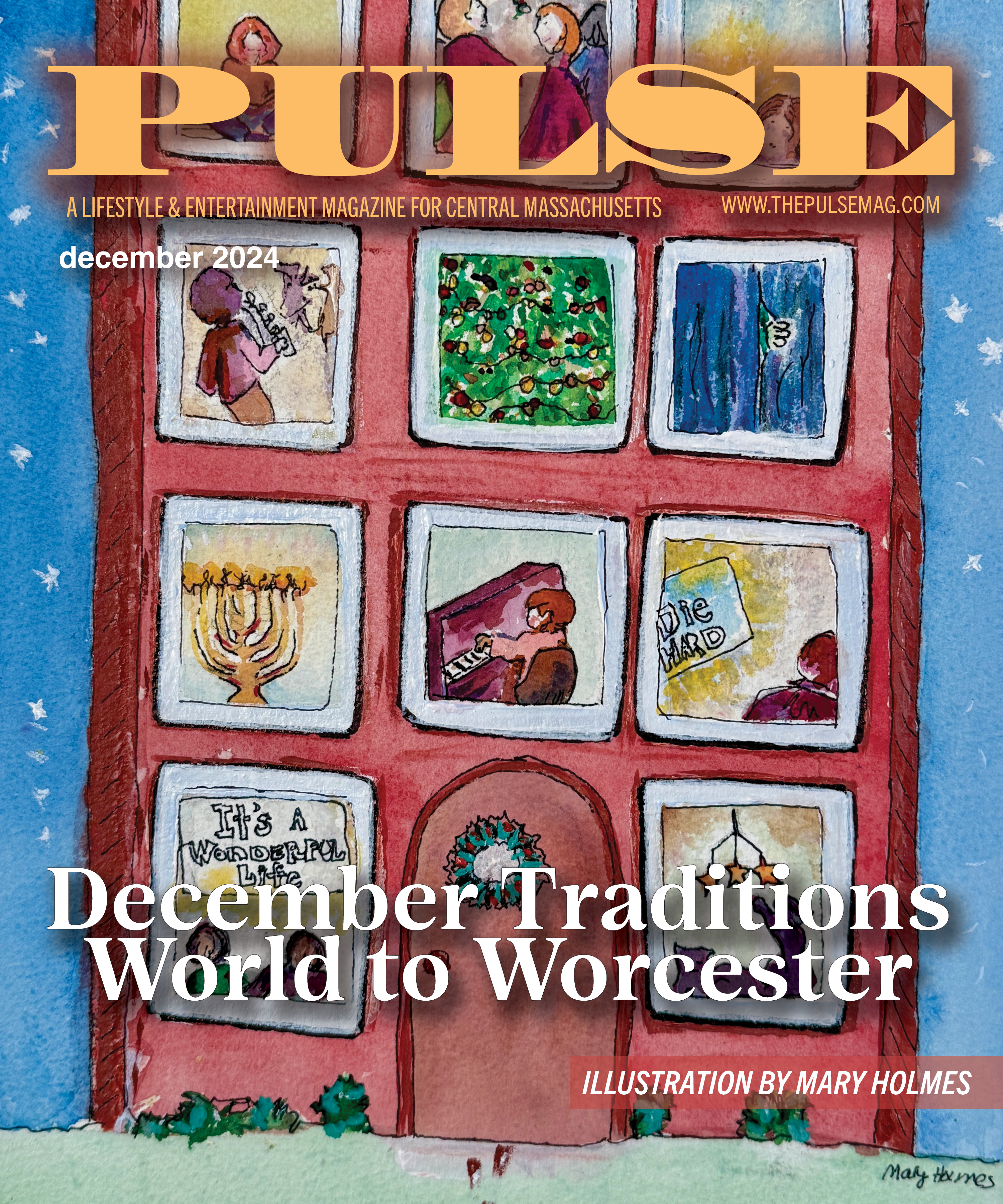
David Baillie is an accidental author. Baillie, who emigrated from Hamilton, Ontario, in 1996 and landed a teaching job at Worcester Academy shortly thereafter, recently released his debut novel. What We Salvage – the first book in the Sons of the Hammer trilogy – is a story steeped in post-modernism. A fascinating individual, Baillie chats about his career, book and growing up in “the Hammer.”
Q: How’d you get here?
A: I left Canada because there was no work. … I wanted to teach, but I didn’t see any opportunity. … I came to the States and got a job at Worcester Academy. I figured I’d only be there for a couple years, but I fell in love with the place. That was 18 years ago.
Q: How’d you become an author?
A: I didn’t mean to. Homesickness, I guess. The Hamilton I left behind was this steel mill, bleak place. The novel is a reflection of what was going on at the street level there. I took some liberties, but for a 16-year-old, it was really dangerous. … I started writing a short story as a memoir, but it began transforming into fiction. You write what you know, and then you exaggerate. It’s based on actual events, things I heard or experienced. Same with the characters.
Q: What was the publishing process?
A: I started this project 10 years ago. I wrote in bursts, put it down for a year, wrote something else. I realized [the stories] were all related; it was like a jigsaw puzzle with all the pieces scattered on a table.
I tried the traditional agent route, but publishers are terrified of anything post-modern. I got the best rejection letter from someone who pointed me in the exact right direction. I went to my friend Jack Haringa, who introduced me to Brett and Sandra at ChiZine Publications in 2011. Sandra Kasturi saw something in it that I didn’t. She beat it into a semblance of a novel. When I got her edits, I spread the pages across the dining tables, highlighted parts by chronology and then restructured it.
Q: What’s the structure?
A: It takes on the structural foundation of T.S. Eliot’s five-bar poetry. … My best friend Jay MacDonald – whom I modeled [one of the main characters] Jimmy after – introduced him to me. He recorded a haunting version of “East Coker,” one of Eliot’s Four Quarters, which has never left me. It is haunting, beautiful, a tragedy that has a hopelessness to it that I identified with, and the novel draws on that.
Q: What’s next?
A: I’m working on the third and second installments of the Sons of the Hammer series. This is a simultaneous trilogy; all of the events in the books happen at the same time with different characters. The major characters in this book are minor in the next. Jimmy is the tie that binds.
Q: How has this made you a better teacher?
A: I have spent a lot of time pretending that I know what it’s like to be on the other side of the desk. Through this editing process, I relearned deadlines in a whole new way. … And when it comes to editing, I’m pretty thorough, but now I’m a little more sympathetic.
By Kimberly Dunbar







